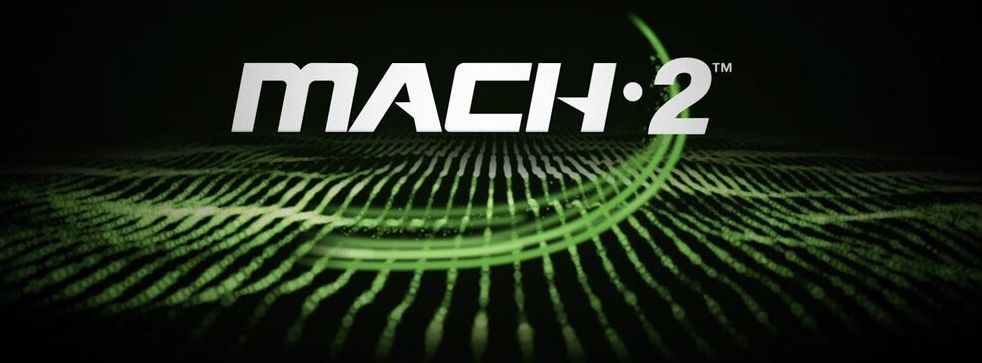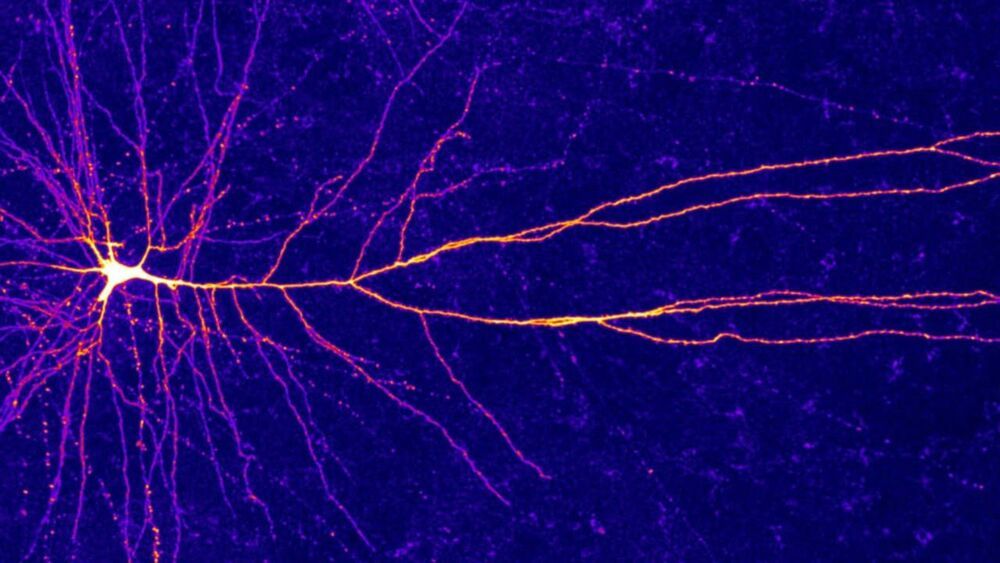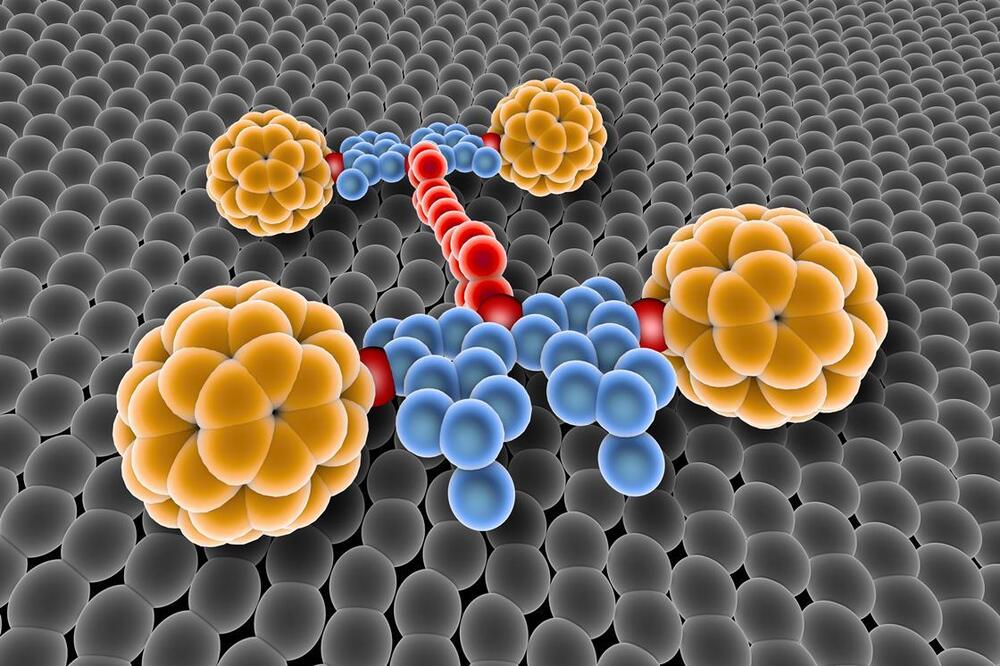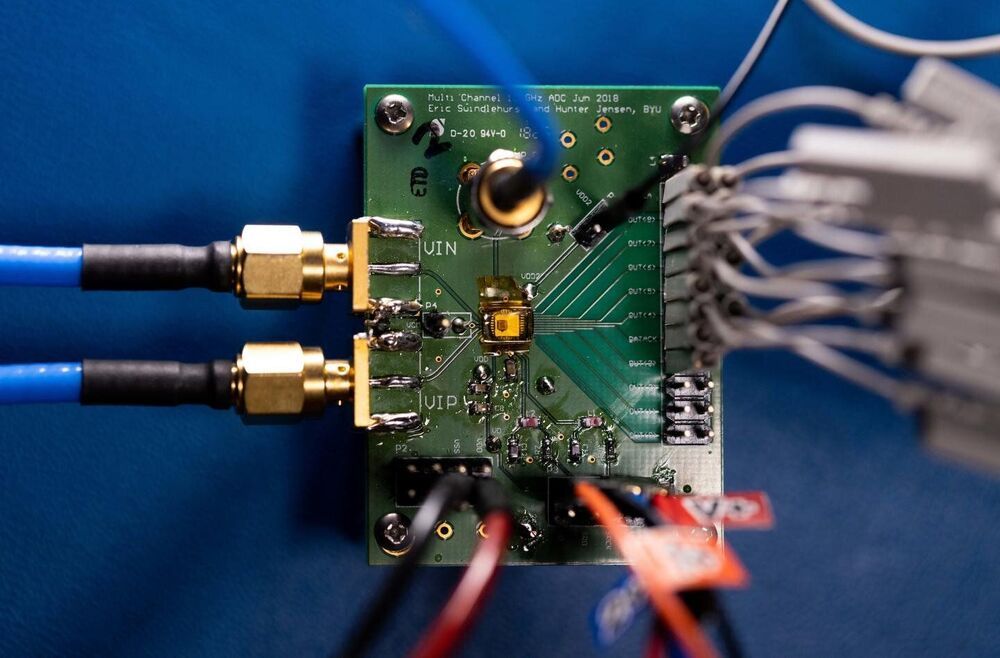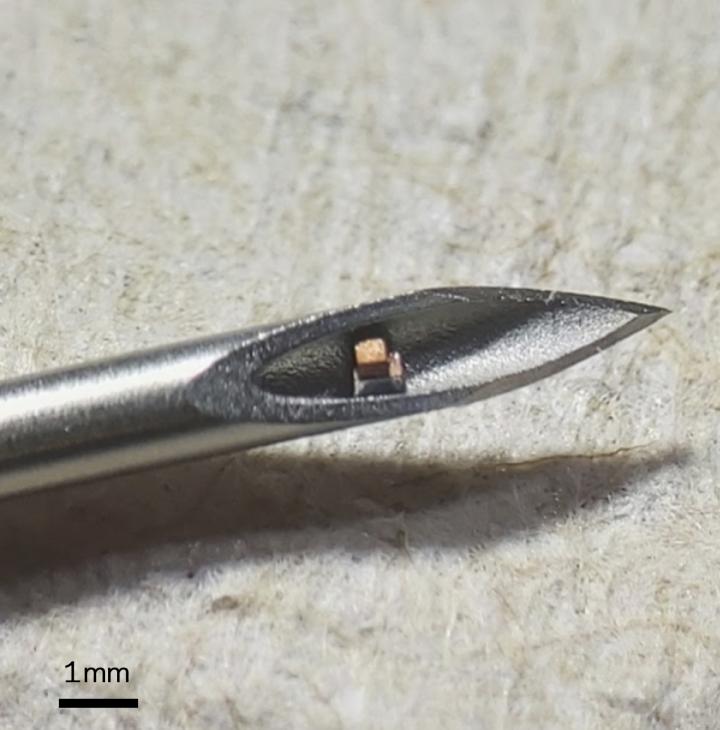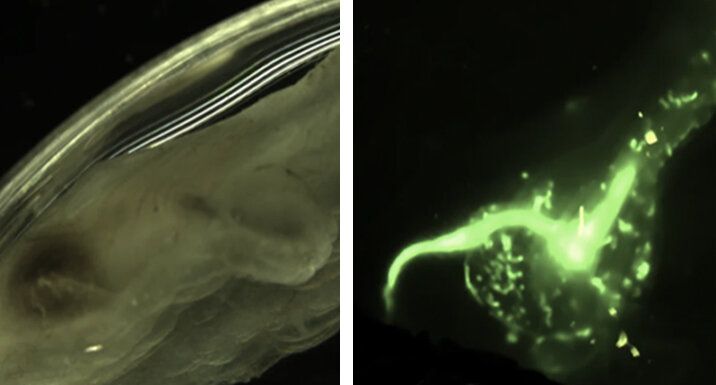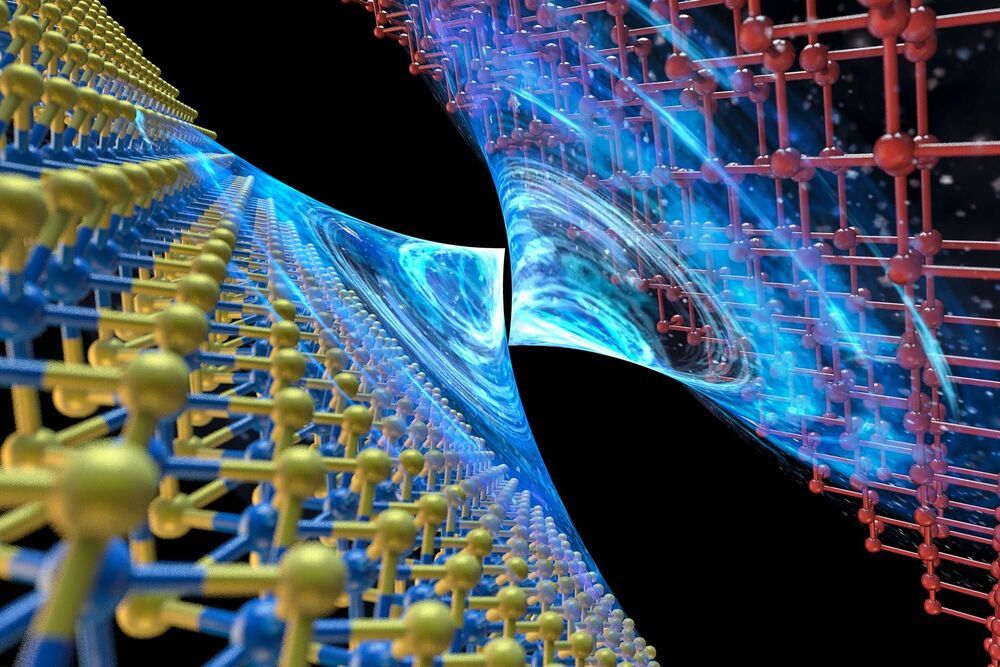May 25, 2021
Seagate’s Mach.2 is the fastest hard drive out there
Posted by Saúl Morales Rodriguéz in categories: computing, electronics
Seagate has been working toward developing a dual-actuator hard drive, meaning that the drive will contain two sets of independently controlled read/write heads. Now, after several years, the company has released its first functional dual-actuator hard drive, the Mach.2. Currently, only enterprises can purchase and use this product, meaning that at least for now, end users will have to wait their turn.
So far, Seagate has reported the Mach.2’s sequential, sustained transfer rate as up to 524MBps—over double the rate of a fast but generic rust disk, closer to the capacity seen in SATA SSD. In fact, this increased transfer rate carries over into input/output as well, featuring 304 IOPS read / 384 IOPS write and only 4.16 ms average latency. By contrast, normal hard drives usually run at 100/150 IOPS with about the same average latency.
Continue reading “Seagate’s Mach.2 is the fastest hard drive out there” »
